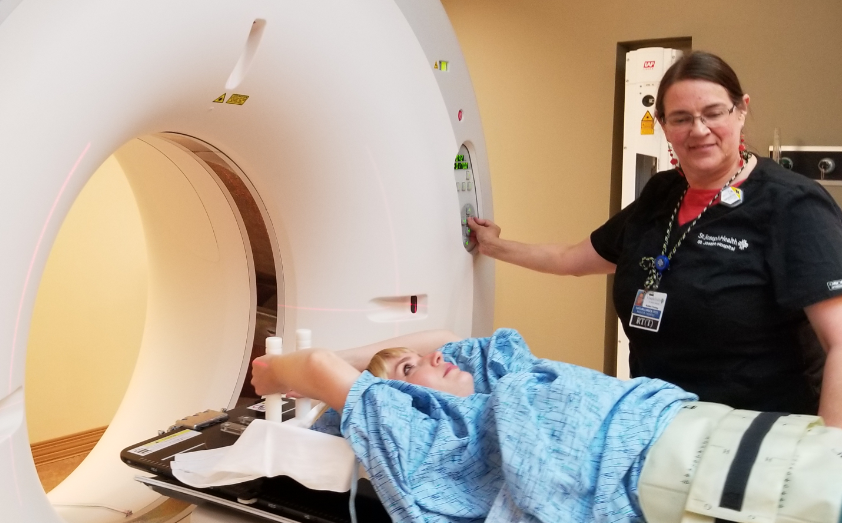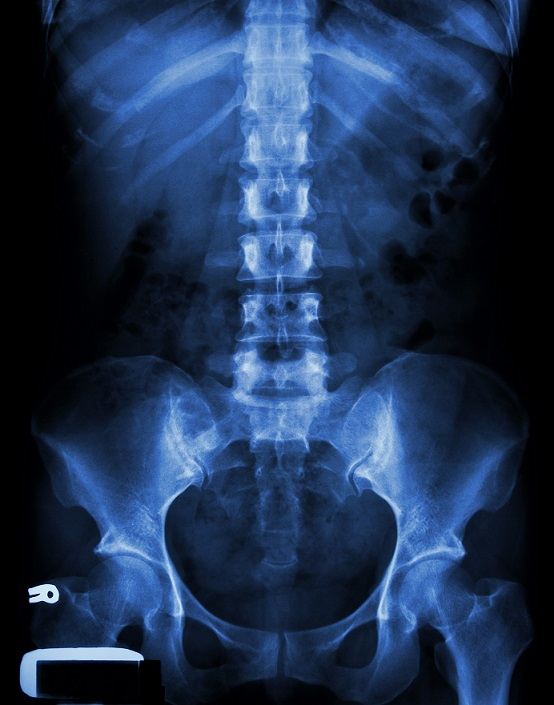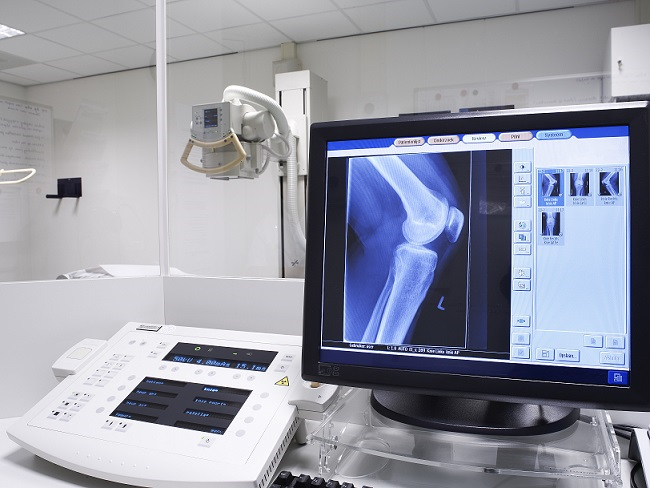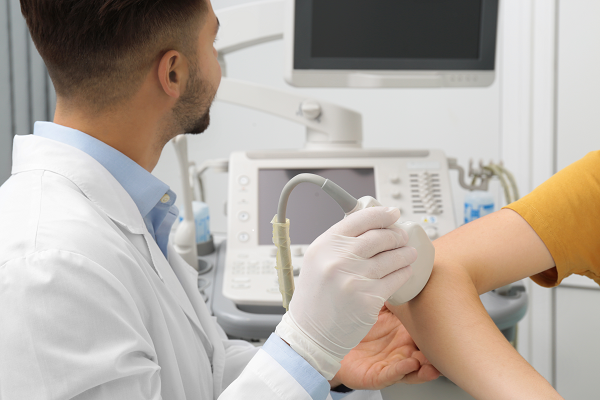Welcome to Caring Ambassadors Question Builder for Your Lung Cancer Health Care Team
|
The definition of a term can be seen here. |
|
To save this report, click Print, and select Adobe pdf for your printer ... Push PRINT Name your file and SAVE - note the folder where you save it to. |
|
Medical Oncologist – Medical oncologists are physicians who specialize in systemic therapy, including chemotherapy, for the treatment of cancer. The person with cancer may meet a medical oncologist in an outpatient clinic or the hospital. A Medical oncologist will determine if the person with cancer is a candidate for chemotherapy, what type of chemotherapy he or she will receive, and the duration of treatment. Medical oncologists will frequently monitor the condition of the person with cancer while he or she is receiving chemotherapy and will help minimize the side effects of treatment. |
|
Thoracic Surgeon – Thoracic surgeons are physicians who specialize in chest surgery, which includes the chest wall, mediastinum, lungs, esophagus, and diaphragm. Thoracic surgeons perform diagnostic procedures and surgical treatment for patients with lung cancer. During the patient’s evaluation, the surgeons will assess how fit the person with cancer is for surgery. This determination may involve obtaining laboratory tests or specialized studies. Before treatment, thoracic surgeons will discuss the options for surgery and will be the primary physician managing the patient’s care in the hospital after surgery. |
|
Radiation Oncologist – Radiation oncologists are physicians who specialize in the use of radiation therapy to treat cancer. The focus of radiation oncologists is to help design a treatment plan and direct radiation therapy. Radiation oncologists work closely with an array of other health care providers, including radiation oncology nurses, medical physicists, radiation therapists, and dosimetrists. Radiation oncologists will help the person with cancer choose the most effective radiation therapy for his or her specific cancer. |
 CAT scan: A set of detailed pictures of areas inside the body, taken from different angles, so the physician can see inside your body without surgery. The pictures are made by a computer linked to an X-ray machine. Other names for a CAT scan are computerized axial tomography, computed tomography (CT scan), and computerized spiral (helical) CT scan.
CAT scan: A set of detailed pictures of areas inside the body, taken from different angles, so the physician can see inside your body without surgery. The pictures are made by a computer linked to an X-ray machine. Other names for a CAT scan are computerized axial tomography, computed tomography (CT scan), and computerized spiral (helical) CT scan.
|

X-ray: A quick, painless test that produces images of the structures inside your body — particularly your bones. X-ray beams pass through your body, and they are absorbed in different amounts depending on the density of the material they pass through. |

Magnetic resonance imaging (MRI), is a type of scan that uses strong magnetic fields and radio waves to produce detailed images of the inside of the body. |

Diagnostic ultrasound, also called sonography or diagnostic medical sonography, is an imaging method that uses high-frequency sound waves to produce images of structures within your body. The images can provide valuable information for diagnosing and treating a variety of diseases and conditions. Most ultrasound examinations are done using an ultrasound device outside your body, though some involve placing a device inside your body. |